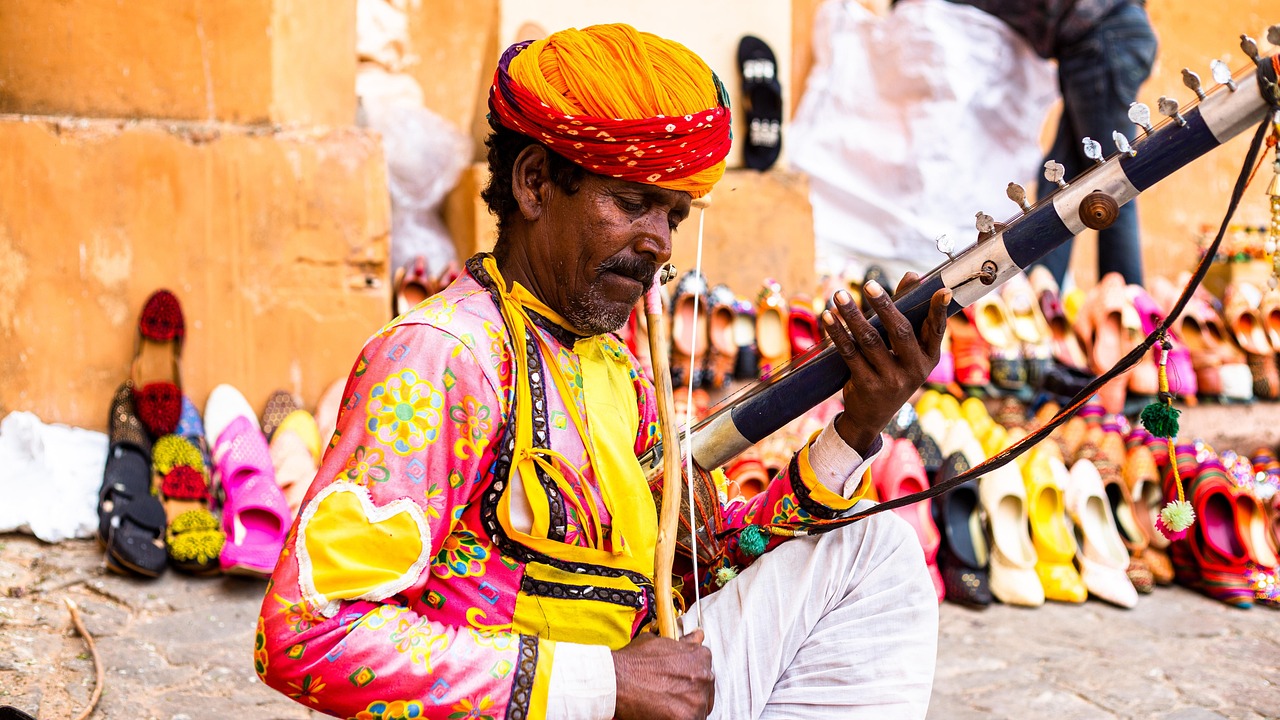Just picture this... you walk into a truly meaningful Bhartiya Vivaah ceremony, you would feel the sublime notes of the Shehnai surrounding you. Wow… Sheer Heaven!!!!
The shehnai is a musical instrument, originating from the Indian subcontinent. The Indian musical instrument Shehnai, also known with slight variations in name, such as Shahnai, Shenai, Saanai, Sanai, Shenoy, Shanai, Sahnai! It is basically a mangalvadya, which means an instrument to be played during auspicious occasions. It has been widely used in the northern and Western parts of India during marriage functions. Besides, it is also the sacred musical instrument played in Temples and used during processions of glorious nature. It is comparable to its counterpart Nagaswaram, which is also a wind-borne instrument played by blowing air from the mouth of the player. The Shehnai, a double-reeded instrument of the wind category is one of the most ancient instruments used in India. Shehnai is mainly an outdoor instrument played particularly on occasions considered auspicious such as processions and weddings. It is made of wood, with a double reed at one end and a metal or wooden flared bell at the other end. The Divine sound is supposed to create and maintain a sense of auspiciousness and sanctity. As a result, it is widely used during marriages, processions, and in temples though, it is played in concerts too. It was a part of the Naubat or traditional ensemble of nine instruments found in the royal court. The shehnai is similar to South India's Nadaswaram.
An interesting story for the delight of the lover of music; well, it is about the origin of the word Shenai. Since it was first played in the Shah's chambers and was played by a nai (barber), the instrument was named "shehnai". The sound of the shehnai began to be considered auspicious. This is the reason it is played in temples and is an indispensable component of any Bhartiya wedding even today. The name shehnai comes from the Persian word, shah meaning king, whilst nai or ney is the generic term for any kind of wind-blown flute-like instrument. In other words, it is either 'the king of flutes' or 'a flute fit for kings'.
A small but important detail on the construction of this great instrument. The Shehnai is a tube that gradually widens towards the lower end. It usually has eight or nine holes. The instrument is made of dark, fine-grained black wood and has a metal bell fixed to the broader end. The length of the instrument is one and a half to two feet. The reed is fitted at the narrow blowing end. The reeds used in Shehnai are made of pala grass. Spare reeds and an ivory needle with which the reeds are adjusted are attached to the mouthpiece.
Playing Shehnai is a beautiful art, and the player has to practice with sincerity and commitment. The versatility of this Divine Instrument is so emphatic that it can be enmeshed in an orchestrated manner with other musical instruments, or it can be used to delight the senses in a solo mode. From the beginning of time, the Western World has expressed curiosity about this gift of the Gods. Today, the living legends of Shenai have disciples from a kaleidoscope that spans gender, age, and nationality. The Shenai has brought sublime joy to listeners over generations. If I can venture to give this instrument an Indianized gender, then the Shenai is a “She”. Hence, she is the epitome of grace and a tangible Avatar of Goddess Saraswati (the Goddess of Wisdom, Creativity, and Performing Arts). Indeed, the Shenai is chiraayu…. longevity oriented.
I would respectfully summarize this deliberation with a quote by Ustad Bismillah Khan Saheb…
" Music lets me forget bad experiences. You cannot keep ragas and regrets in your mind together."






